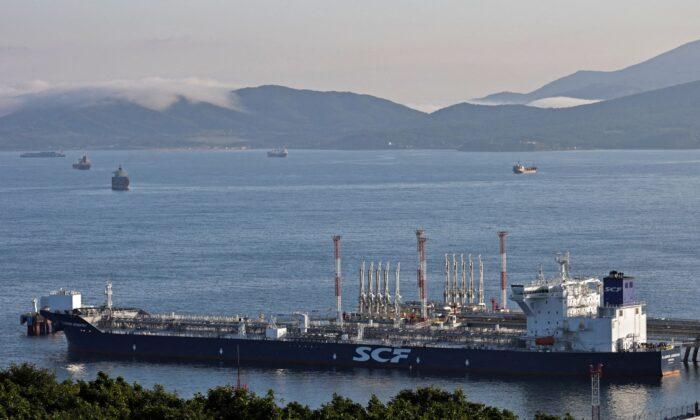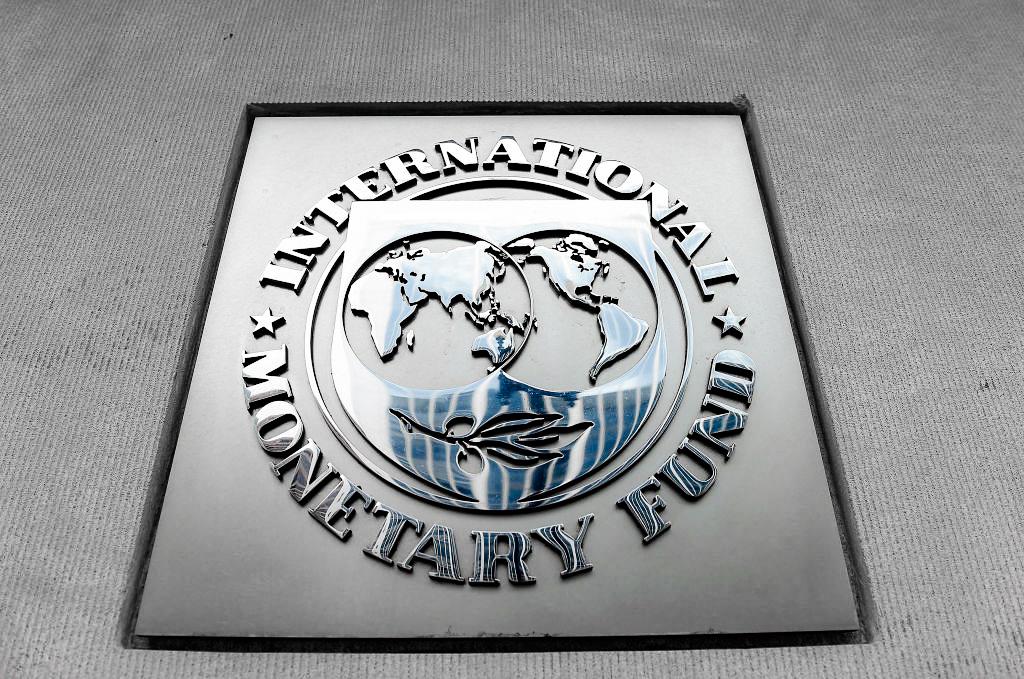Russia’s Deputy Prime Minister Alexander Novak has revealed a possible cutting down of oil output by around 500,000–700,000 barrels per day, early next year as a retaliatory response to price caps imposed by G7 nations on Russian crude exports.
Novak also insisted that Moscow has no plans to sell its crude oil to nations and buyers that insist on the price cap. Russia is rerouting crude exports to other markets like Asia since oil continues to be in high demand, he pointed out.
Though Novak called the production cut “insignificant,” the loss of that many barrels of oil is expected to have an effect on a tight global market, especially with Chinese demand projected to rise.
Price Cap
The G7 nations, the European Union, and Australia imposed a $60 per barrel price cap on Russian seaborne crude supplies that came into effect on Dec. 5. Russian oil cargoes that trade above this level are banned from accessing critical industry-related services like insurance from Western firms. At present, Russian Urals crude is being priced below the cap.According to the deputy prime minister, Russia’s oil production is set to jump, from 524 million tons in 2021 to 535 million tons in 2022. Meanwhile, natural gas output is expected to decline by up to 20 percent during this period.
China Benefits
In a commentary for The Epoch Times on Dec. 5, Daniel Lacalle, the chief economist at hedge fund Tressis, warned that the $60 price cap won’t harm Russia “at all” since that price is higher than the current Urals price.The price cap will allow non-EU nations to continue importing Russian seaborne crude even above the $60 level, with the caveat being that such transactions will not receive access to Western shipping, insurance, and reinsurance firms. This only plays to China’s advantage, he noted.
China “will secure a long-term supply at an attractive price from Russia and sell refined products globally at higher margins. Sinopec and PetroChina will find enough opportunities in the global market to secure better margins for their refined products while guaranteeing affordable supply in a challenging economic situation,” Lacalle writes.





